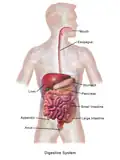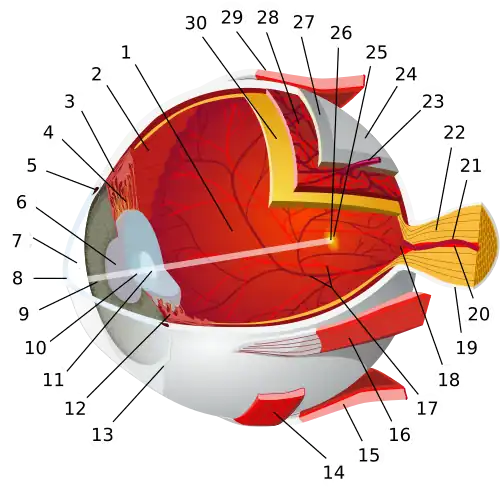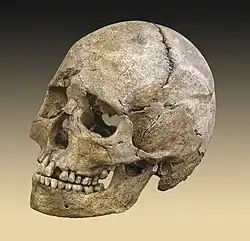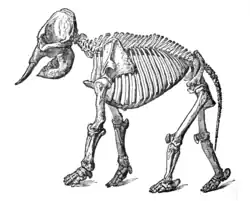Portal:Anatomy
Introduction
Anatomy (from Ancient Greek ἀνατομή (anatomḗ) 'dissection') is the branch of morphology concerned with the study of the internal and external structure of organisms and their parts. Anatomy is a branch of natural science that deals with the structural organization of living things. It is an old science, having its beginnings in prehistoric times. Anatomy is inherently tied to developmental biology, embryology, comparative anatomy, evolutionary biology, and phylogeny, as these are the processes by which anatomy is generated, both over immediate and long-term timescales. Anatomy and physiology, which study the structure and function of organisms and their parts respectively, make a natural pair of related disciplines, and are often studied together. Human anatomy is one of the essential basic sciences that are applied in medicine, and is often studied alongside physiology.
Anatomy is a complex and dynamic field that is constantly evolving as discoveries are made. In recent years, there has been a significant increase in the use of advanced imaging techniques, such as MRI and CT scans, which allow for more detailed and accurate visualizations of the body's structures.
The discipline of anatomy is divided into macroscopic and microscopic parts. Macroscopic anatomy, or gross anatomy, is the examination of an animal's body parts using unaided eyesight. Gross anatomy also includes the branch of superficial anatomy. Microscopic anatomy involves the use of optical instruments in the study of the tissues of various structures, known as histology, and also in the study of cells. (Full article...)
Selected general anatomy article
Anatomical terminology is a specialized system of terms used by anatomists, zoologists, and health professionals, such as doctors, surgeons, and pharmacists, to describe the structures and functions of the body.
This terminology incorporates a range of unique terms, prefixes, and suffixes derived primarily from Ancient Greek and Latin. While these terms can be challenging for those unfamiliar with them, they provide a level of precision that reduces ambiguity and minimizes the risk of errors. Because anatomical terminology is not commonly used in everyday language, its meanings are less likely to evolve or be misinterpreted.
For example, everyday language can lead to confusion in descriptions: the phrase "a scar above the wrist" could refer to a location several inches away from the hand, possibly on the forearm, or it could be at the base of the hand, either on the palm or dorsal (back) side. By using precise anatomical terms, such as "proximal," "distal," "palmar," or "dorsal," this ambiguity is eliminated, ensuring clear communication. (Full article...)
Selected anatomical feature
The Adam's apple is the protrusion in the neck formed by the angle of the thyroid cartilage surrounding the larynx, typically visible in men, less frequently in women. The prominence of the Adam's apple increases in some men as a secondary male sex characteristic during puberty. (Full article...)
Selected organ
In a multicellular organism, an organ is a collection of tissues joined in a structural unit to serve a common function. In the hierarchy of life, an organ lies between tissue and an organ system. Tissues are formed from same type cells to act together in a function. Tissues of different types combine to form an organ which has a specific function. The intestinal wall for example is formed by epithelial tissue and smooth muscle tissue. Two or more organs working together in the execution of a specific body function form an organ system, also called a biological system or body system.
An organ's tissues can be broadly categorized as parenchyma, the functional tissue, and stroma, the structural tissue with supportive, connective, or ancillary functions. For example, the gland's tissue that makes the hormones is the parenchyma, whereas the stroma includes the nerves that innervate the parenchyma, the blood vessels that oxygenate and nourish it and carry away its metabolic wastes, and the connective tissues that provide a suitable place for it to be situated and anchored. The main tissues that make up an organ tend to have common embryologic origins, such as arising from the same germ layer. Organs exist in most multicellular organisms. In single-celled organisms such as members of the eukaryotes, the functional analogue of an organ is known as an organelle. In plants, there are three main organs. (Full article...)
Selected biography
Andries van Wezel (31 December 1514 – 15 October 1564), latinized as Andreas Vesalius (/vɪˈseɪliəs/), was an anatomist and physician who wrote De Humani Corporis Fabrica Libri Septem (On the fabric of the human body in seven books), which is considered one of the most influential books on human anatomy and a major advance over the long-dominant work of Galen. Vesalius is often referred to as the founder of modern human anatomy. He was born in Brussels, which was then part of the Habsburg Netherlands. He was a professor at the University of Padua (1537–1542) and later became Imperial physician at the court of Emperor Charles V. (Full article...)
Selected images
Categories

WikiProjects
Some Wikipedians have formed a project to better organize information in articles related to Anatomy. This page and its subpages contain their suggestions; it is hoped that this project will help to focus the efforts of other Wikipedians. If you would like to help, please swing by the talk page.
WikiProject Anatomy update
| new good articles since last newsletter include Thyroid, Hypoglossal nerve, Axillary arch, Human brain, Cerebrospinal fluid, Accessory nerve, Gallbladder, and Interventricular foramina (neuroanatomy) | |
| There is Introduction to Anatomy on Wikipedia published in the Journal of Anatomy [1] | |
| We reach two projects goals of 20 good articles, and less than half of our articles as stubs, in July 2017. Wikipedia talk:WikiProject Anatomy/Archive 11#Congratulations to all | |
| A discussion about two preferred section titles takes place here. |
Things to do
- Participate in discussions - a number of discussions such as those on our talk page or about our infobox would benefit from your opinion!
- Continue to add content to our articles
- Collaborate and discuss with other editors - many hands make light work!
- Help us simplify our anatomy articles
- Improve and update existing articles (lists of articles needing improvement)
- Example missing articles: Wikipedia:Requested articles/list of missing anatomy
- Reduce the number of stubs
Topics
Related portals
Wikimedia
The following Wikimedia Foundation sister projects provide more on this subject:
-
Commons
Free media repository -
Wikibooks
Free textbooks and manuals -
Wikidata
Free knowledge base -
Wikinews
Free-content news -
Wikiquote
Collection of quotations -
Wikisource
Free-content library -
Wikiversity
Free learning tools -
Wiktionary
Dictionary and thesaurus
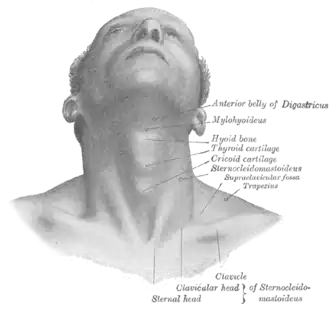
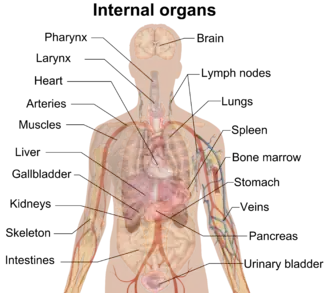
.jpg)
